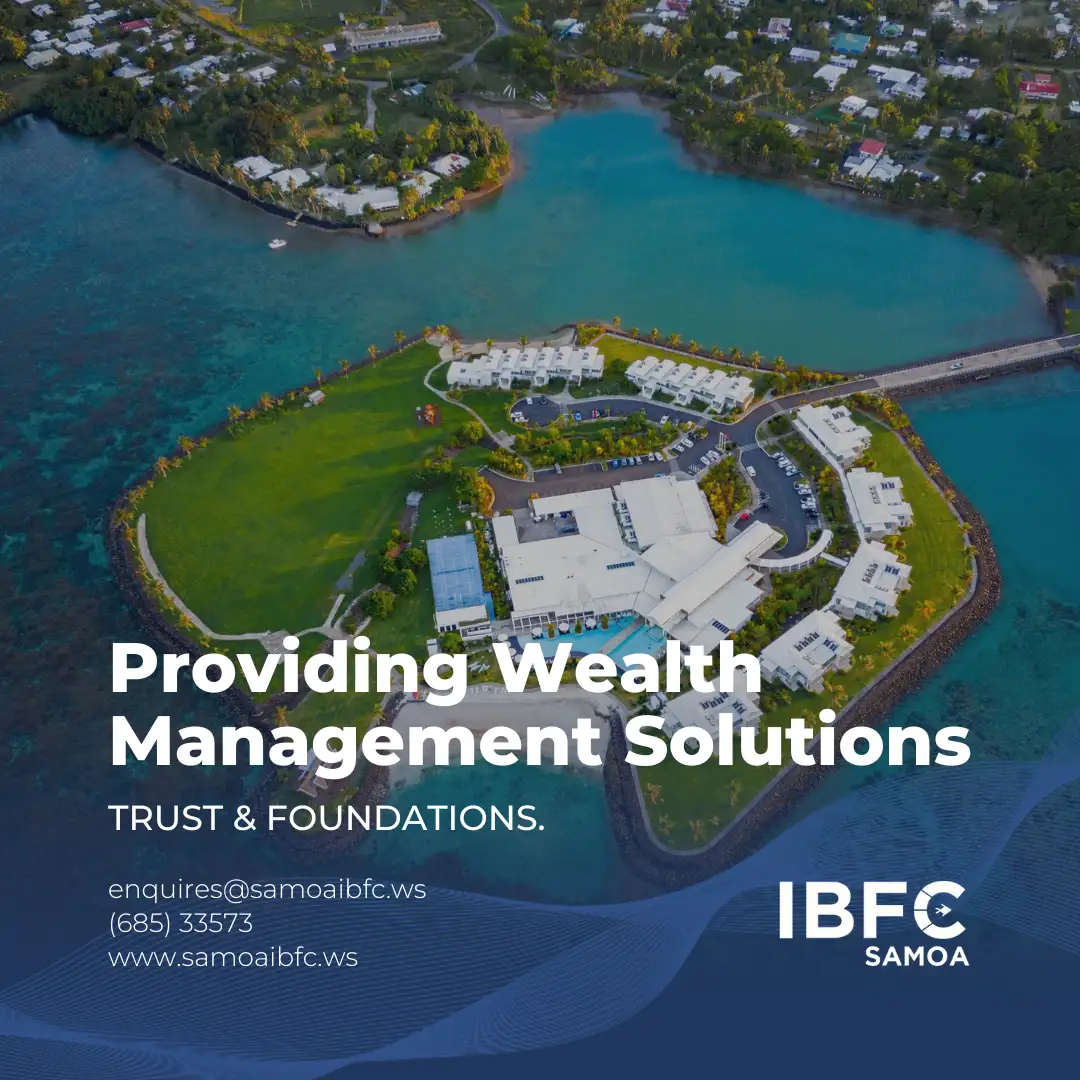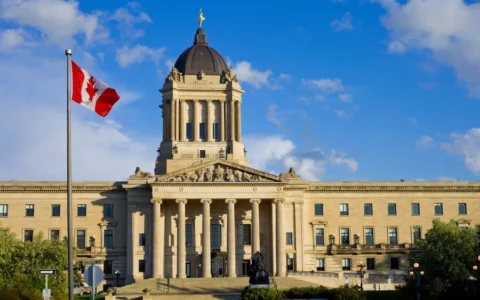Between October 2024 and March 2025, EB-5 Form I-829 approvals reached an impressive 94 percent, the highest rate in years. During this period, USCIS processed 2,531 petitions, approving 2,380 and denying only 151. Even more encouraging, the median processing time dropped to 8.2 months, a welcome change for a program that has often faced criticism over delays.
The I-829 stage is the final hurdle in the EB-5 journey, where conditional permanent residency is converted into full, unconditional green card status. This record-high success rate suggests that investors who have selected well-structured projects and met their job creation obligations are now seeing smoother pathways to completion.
Declining Backlogs and Faster Processing
Processing backlogs have also eased significantly, with fewer than 7,000 I-829 cases pending. This reduction marks a turning point for the program and highlights how recent reforms have streamlined the adjudication process.
Historically, the picture was far less encouraging. Just a few years ago, I-829 processing often stretched beyond 20 months, with approval rates fluctuating in the mid- to high-80 percent range. Extended delays, combined with inconsistent adjudication standards, led to uncertainty for both investors and project developers. Against that backdrop, today’s improved timelines and success rates stand out as a sign that structural reforms are finally delivering measurable results.
The 2022 EB-5 Reform and Integrity Act played a key role here, introducing clearer compliance requirements, oversight measures, and incentives for rural and infrastructure-focused projects. These updates have not only improved efficiency but have also restored investor and advisor confidence.
Implications for Global Investors
For wealth managers, family offices, and immigration advisors, these figures signal a more stable and predictable EB-5 environment. With stronger approval rates and shorter timelines, EB-5 is regaining its appeal as part of a diversified global mobility strategy.
Investor motivation is also being shaped by external market forces. In countries such as India, China, and Vietnam, currency depreciation, tightening capital controls, and geopolitical tensions are prompting high-net-worth individuals to seek U.S. residency as a safeguard for wealth and family security. For many, the EB-5 program offers both a hedge against economic instability and access to education, healthcare, and business opportunities in the United States.
Emerging demand from traditional EB-5 markets such as India and China could grow if these trends continue. Investors in these regions, who have historically been active participants in the program, may now find renewed confidence to commit capital with greater certainty of outcome.
A Positive Signal for the Future
The EB-5 program’s recovery is more than just statistical progress. It reflects structural reforms, operational improvements, and renewed trust in a pathway that has long attracted high-net-worth individuals seeking U.S. residency. If the current momentum holds, we could be entering a new chapter where EB-5 becomes a more widely recommended option in the investment migration landscape.
The question now is whether this performance will remain consistent and if so, how it will shape investor sentiment in the coming years.
Source: BAI Capital






